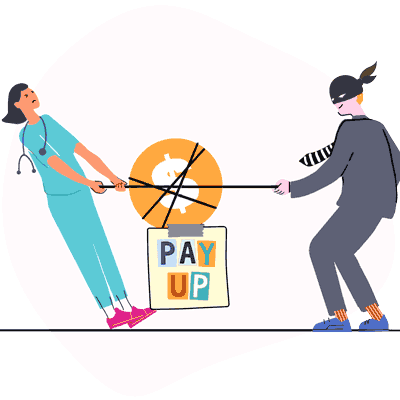$47 Million and Counting: Second Review Saves Provider Revenue

California workers’ comp providers face an inexcusable amount of hassle, red tape, and outright abuse in the struggle to collect correct reimbursement.
Take it from us; we study the struggle for a living. One thing we’ve learned (and keep learning) is that Second Review appeals are the first, strongest bulwark against lost revenue. As of this writing, our providers collected almost $47,000,000 in additional reimbursement by submitting 660,000 Second Review appeals.
Providers and billing agents put too much time and effort into composing accurate, compliant bills to let inaccurate, noncompliant payments reign. While California’s Second Review appeal process has some serious deficiencies, it remains indispensable — as do the knowledge and tools to properly utilize the Second Review appeal process.
The (Unfortunate) Need for Second Review
Claims administrators and the bill review vendors regularly ‘miscalculate’ payment for workers’ comp services, and fail to pay according to the Official Medical Fee Schedule (OMFS).
A sad fact of our industry is that state regulatory systems do little to discourage such miscalculations. One could even argue that payer-centric regulation and enforcement schemes encourage claims administrators to take a less-than-committed approach to payment accuracy.
In fact, we argue exactly that. Often, and loudly.
That leaves the burden of revenue defense on providers. Providers can trust that claims administrators frequently fail to remit correct payment. Providers simply have to accept that checking claims administrators’ math (and grasp of the OMFS) is part of the cost of doing business.
When the provider catches an improper denial or adjustment, there’s a single course of action: a timely Second Review appeal.
How to Appeal for Second Review
It wouldn’t be California workers’ comp if the Second Review appeal process was simple, or convenient for the provider.
There’s the initial chore of untangling the OMFS and the multitude of fee-affecting regulations to produce a correct bill. This alone is no simple task, especially without the support of a reliable, regularly updated billing software. But it doesn’t end there. In the (far-too-frequent) event of an incorrect adjustment, appealing for Second Review requires adherence to the following:
- The provider must submit the appeal within 90 calendar days of receipt of the Explanation of Review (EOR).
- The provider must submit the appeal using either a modified original bill or the DWC Form SBR-1. (We strongly recommend the DWC Form SBR-1).
- The provider must submit the appeal using the same delivery method (i.e., paper or electronic) as the original bill.
- The provider must articulate exactly why the reimbursement is incorrect.
- The provider must include all relevant supporting documents.
It’s a significant addition to the provider’s workload, but it’s entirely necessary. If DaisyBill users alone collected almost $47 million via Second Review appeals, how many millions more were lost by providers who lacked the time or resources to fight back against each and every improper adjustment?
Just as importantly, Second Review protects the provider’s right to take further action, like Independent Bill Review, if necessary.
There’s only one way to hold the line against the kind of abuse that drives so many providers away from treating injured workers: use the tools available, like Second Review, to assert provider rights. The workers’ comp system (and your revenue) may depend on it.
Still have questions about the Second Review appeal process? Check out the free resources available on our website, including free webinars and regulations, and a thorough library of compliant language to use when filing a Second Review appeal.
TAKE ME TO FREE RESOURCES
DaisyBill provides content as an insightful service to its readers and clients. It does not offer legal advice and cannot guarantee the accuracy or suitability of its content for a particular purpose.




